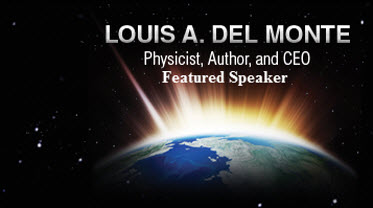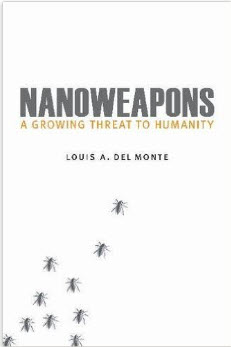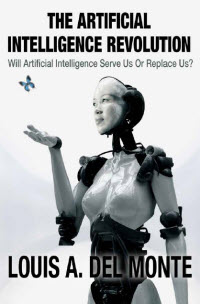Affective computing is a relatively new science. It is the science of programming computers to recognize, interpret, process, and simulate human affects. The word “affects” refers to the experience or display of feelings or emotions. While AI has achieved superhuman …













STAY CONNECTED